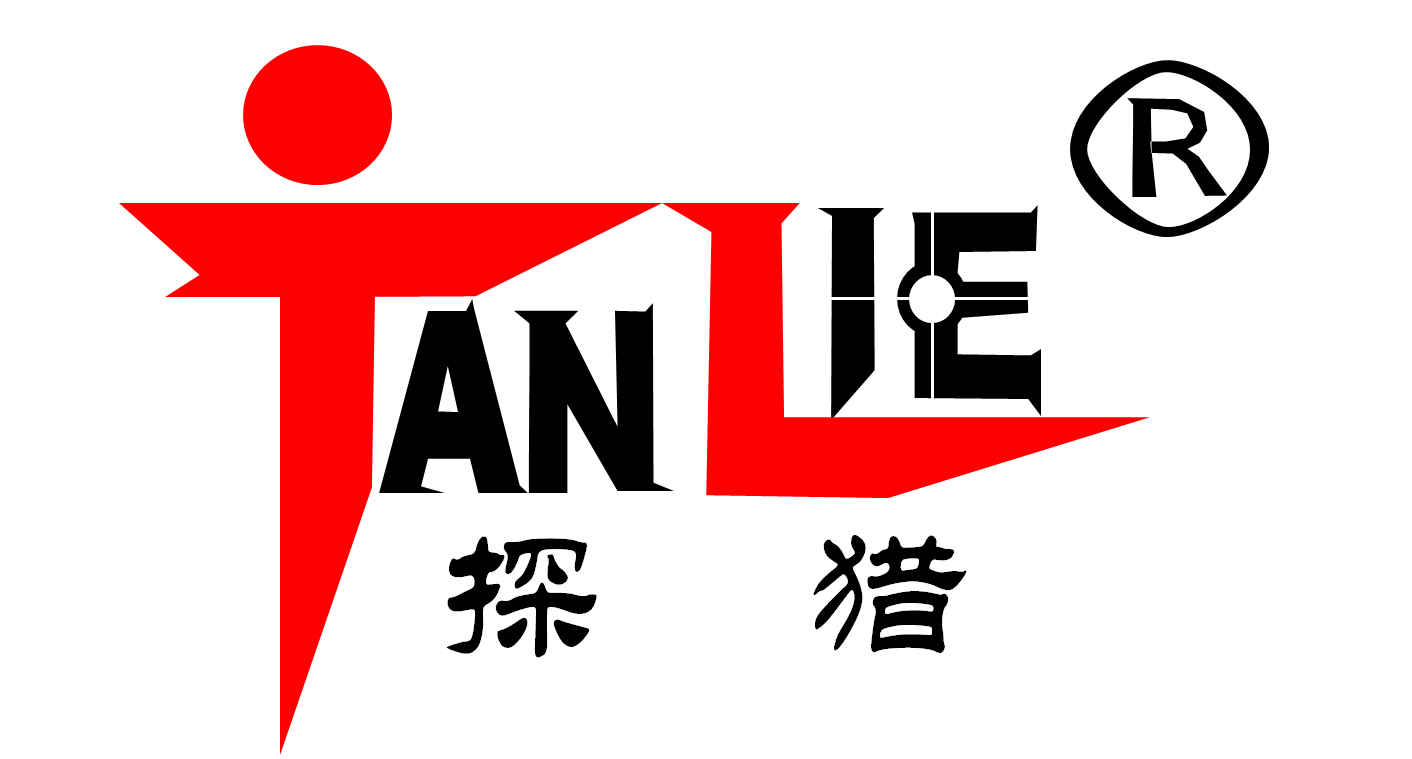[单选题]If you live in a city, how long does it take you to get to a supermarket? What about a public park, hospital or primary school? For proponents (倡导者) of the 15-minute city planning concept, the answer to all of those questions should be“less than 15 minutes”.
At first glance, the concept is very simple: to create neighborhoods and cities where a person can meet a lot of their basic needs via a short walk or a bike ride. Exactly what defines (定义) “short”varies from place to place. Copenhagen, for example, adopted a“5 Minutes to Everything”model. For Melbourne the goal was 10 minutes. And while the specific time period differs, the central __tenet__ — promoting the accessibility (可到达) of neighborhoods through design—remains the same.
The planning model was formally proposed by scientist Carlos Moreno in 2016. Elements of it have been around since at least the 1960s, and it shares many of the same principles as walkable,mixed-used urban design. In French, it's called“la ville du quart d'heure”, and it’s in France that it was first put into practice, thanks to the support of Anne Hidalgo, the mayor of Paris.Hidalgo made it the basis of her successful 2020 re-election campaign, saying that, “I am convinced we need to transform the city so people can learn, do sports, have healthcare, shop, within 15 minutes of their home.”
Moreno's purpose of developing the model was to change the traditional car-focused approach in urban design. Not only, he argued, would this result in huge emissions reductions, it would also lead to more human-centric urban environments. There's a growing body of evidence that suggests such neighborhoods promote everything from social connection to public health.
Some people are concerned that this model could alter the very essence of what a modem city is. Elena Magrini, a researcher at the Center for Cities, warns this trend towards “the end of big cities”could reduce creativity. “Cities allow people to mix, to be together and to share ideas,”she says. “Often that happens in the city center. Can we recreate the creation and innovation (创新) if they no longer exist?”
The word“tenet” in Paragraph 2 is closest in the meaning to _________.


